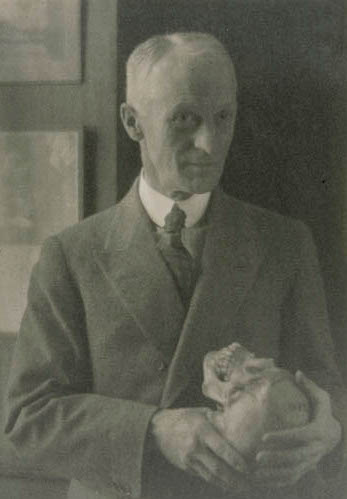But no more! I have decided to get cracking on a post I intended to write some time ago, in which I will look at the lyrics of popular songs and attempt to diagnose the singer on the basis of the symptoms they describe experiencing when viewing their beloved.
Before you judge me, perhaps I should clarify that the song selection should in no way be held as representative of my own musical preferences and was chosen purely on the basis of medically interpretable lyrics.
First up we have:
So come on, spin me around
I don’t wanna go home
Cause when you hold me like this
You know my heart skips, skips a beat
Olly Murs describes experiencing ectopic beats, or the sensation of a skipped or missed heartbeat - not to be confused with ectopic beets, which is when a beetroot grows in your fallopian tube. This is a very common form of cardiac arryhthmia, and indeed is really nothing to be concerned about in a healthy adult.
However, Mr Murs indicates that his palpitations occur only when the object of his affection spins him around and holds him in a particular way. This could indicate that he is suffering from postural orthostatic tachycardia syndrome, a condition in which the body struggles to deal with the changes in blood pressure occasioned by a change from a lying-down to an upright posture, or even by more minor changes in posture, and the heartrate increases dramatically as a result. Olly Murs may find his symptoms improved by increasing his fluid intake, taking regular exercise and wearing strong support tights.
Can't read my,
Can't read my,
No he can't read my poker face.
Ms Gaga reports that the apple of her eye is unable to read her poker face. Sad to say, he may well be suffering from a condition called prosopagnosia, also known as 'face blindness', in which the ability to recognise faces is affected. Sufferers may be unable to recognise even their own face, and are forced to rely on other qualities such as voice, gait, and clothing to tell people apart from one another. Ms Gaga would be able to help her friend to recognise her by, for example, picking a distinctive piece of clothing and always wearing it around him. Perhaps a hat made out of a telephone would suffice.
Boy, you're an alien
Your touch so foreign
It's supernatural
Extraterrestrial
In this song, Katy Perry appears to be under the impression that her significant other is from another planet. In this, it would seem likely that she is suffering from Capgras syndrome, in which the sufferer has the delusion that a close friend or relative has been replaced by an identical imposter. It may occur in cases of schizophrenia, dementia and brain injury, and it has been suggested that the Capgras delusion is in a sense the opposite of prosopagnosia, in that the person's ability to consciously recognise someone's face is intact, but they are lacking the unconscious emotional response to seeing the person's face.
Alas, that is all for now as I am totally out of inspiration. I may continue at some later date. Suggestions for songs/medical conditions greatly appreciated!




